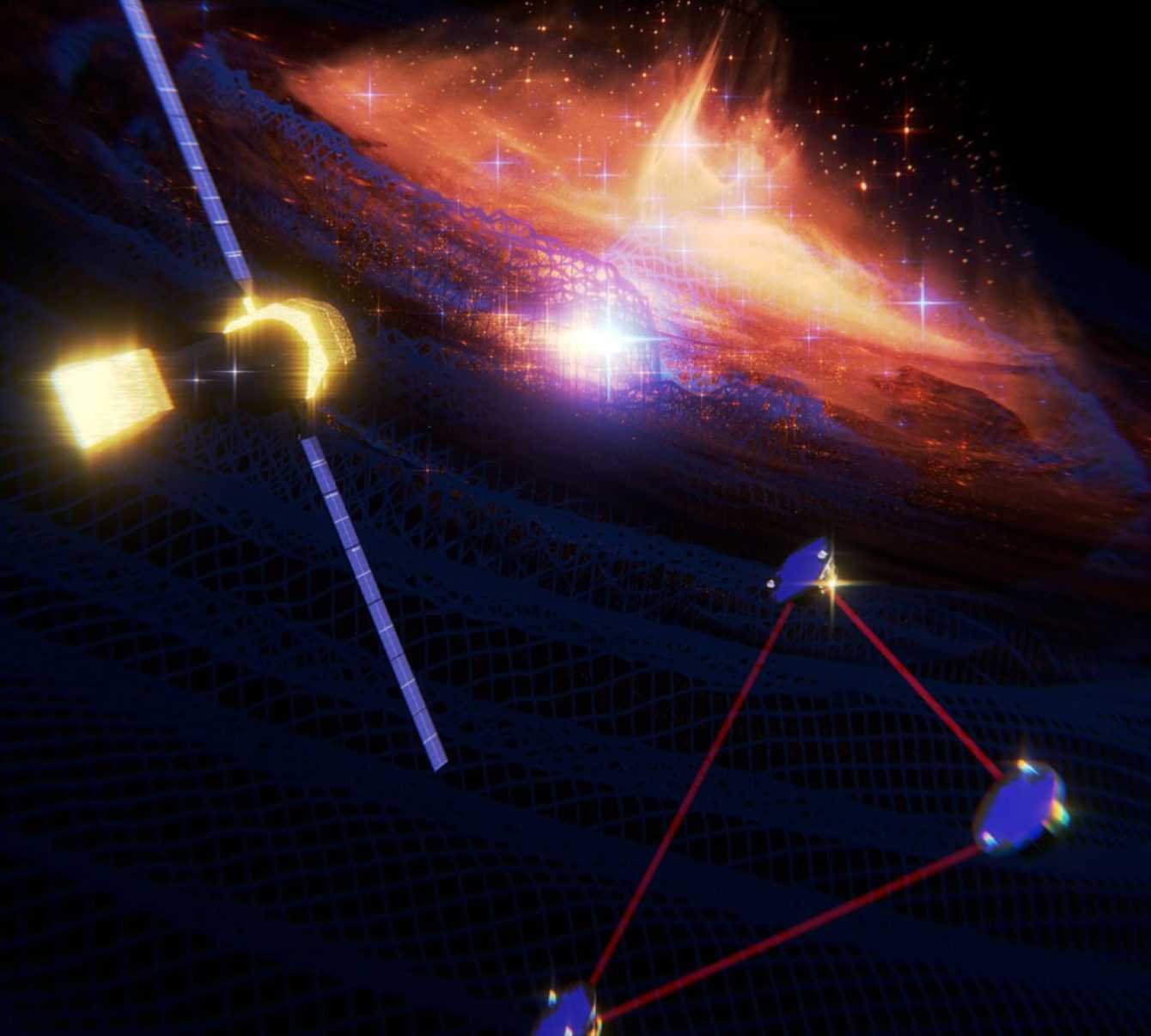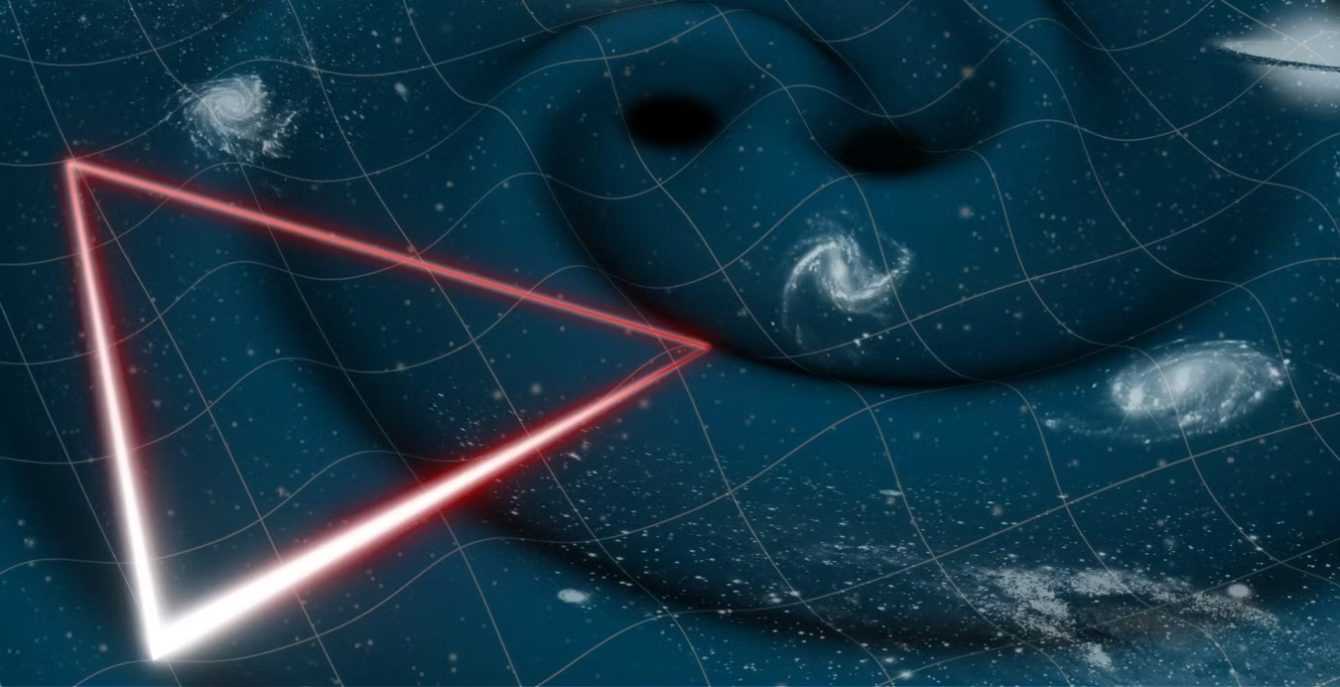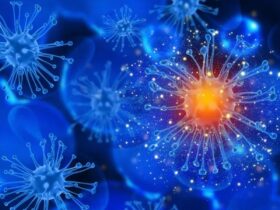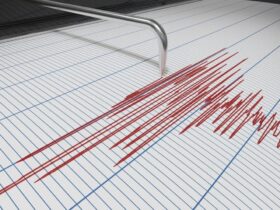It will be possible to study gravitational waves thanks to the LISA mission, which is preparing to reveal the deepest secrets of the Universe, opening a new era in space exploration
L’ESA has finally given the final green light to LISA missionmarking an epochal moment in the exploration of gravitational waves. With the deployment of the largest interferometer ever built, research will be launched into space in 2035, opening a new window on the Universe. The ESA Science Program Committee ratified the LISA mission, whose acronym stands for Laser Interferometer Space Antenna. LISA will mark a revolutionary step forward in the observation of gravitational waves, thanks to the launch of three spaceships that will form a giant triangle in spacewith arms of 2.5 million kilometers each, beyond six times the Earth-Moon distance. Gravitational waves, predicted by Einstein’s general relativity, are pulses in the fabric of space-time generated by mass movements. These phenomenaso faint that they escape direct detection, can only be studied through the most extreme events, such as collisions between black holes.

Gravitational waves: “multi-message” observation opens new horizons
The era of gravitational waves has ushered in a new phase of astronomy, allowing celestial events to be studied through different messages, both electromagnetic and gravitational. LIGO and Virgo represented the first steps in this direction, while LISA promises to open new horizons. L’LISA space interferometerwith its million-kilometer arms, will be able to detect a wider range of gravitational events, including those involving extremely massive bodies, such as supermassive black hole mergers.
LISA also aims to contribute to the resolution of current inconsistencies in the measurement ofexpansion of the Universepaving the way for new discoveries and cosmological understandings. With the launch scheduled for 2035, LISA will make use of technologies successfully tested by the LISA Pathfinder demonstration mission. Italy will contribute to the production of suspended masses, a crucial component of the system, while industrial partners will be announced during 2025.
Continue reading techgameworld.com so you don’t miss the latest science-themed content, but not only that. Follow all the updates!
















Leave a Reply
View Comments